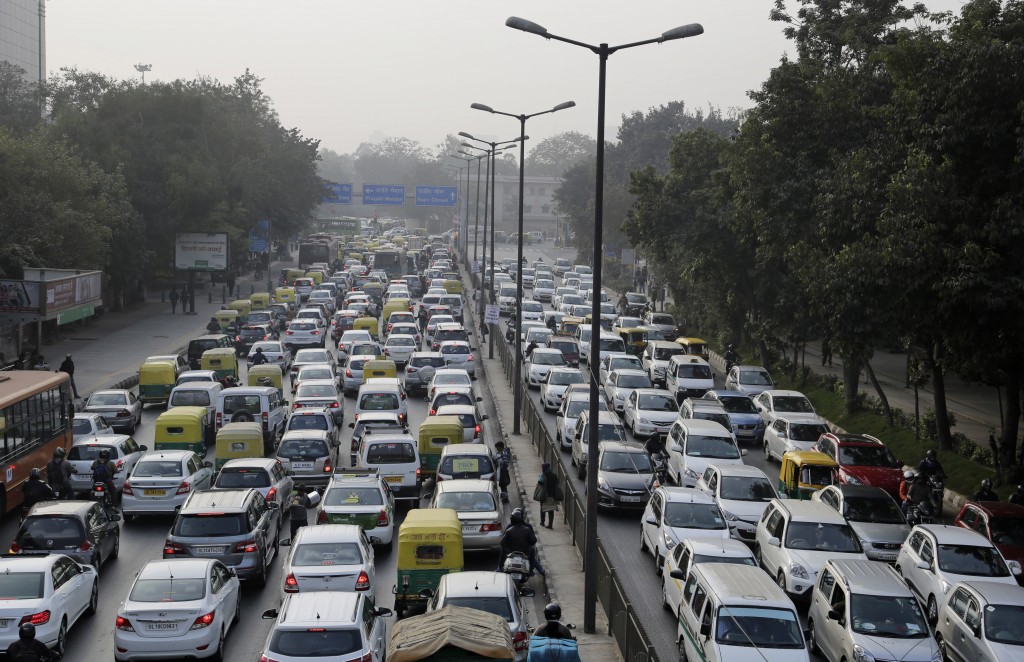
OREM — When the pandemic first hit the United States in early March, traffic in the state of Utah changed drastically. Streets and highways were left empty as people were spending more time at home in quarantine.
Regional Communications Manager for UDOT, Geoff Dupaix says, “It’s presented a really unique dynamic in how people travel, when they travel and where they go.” During that time, UDOT used the open roads to work on construction projects during the day.
In June, the COVID restrictions changed from red to orange. This change in restrictions allowed for business to re-open and, as a result, traffic picked back up.
“We did see speeds increase significantly,” Dupaix says. “Which lead to more serious crashes and/or fatalities.” Mid-May to early September is referred to as the “100 most deadliest days.”
This summer alone, Utah has already had 102 deaths, a significant increase from the 61 people who died last summer. Highway patrol officials found that Utahns took advantage of the less-crowded streets by increasing their speed.
Officer Chris Bishop said, “We do have a small group that continues to break the law in a ridiculous manner by traveling over 100 miles per hour.” With both the increase in traffic and speed, Utah roads are being less and less safe. Today, traffic has almost returned to pre-COVID levels.




